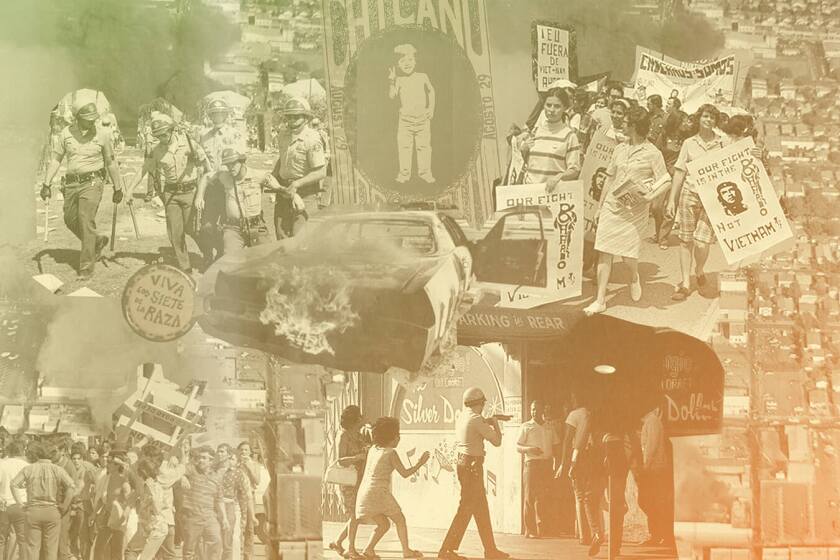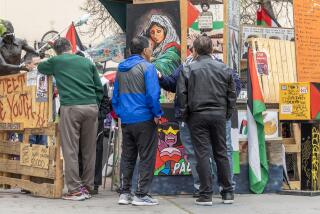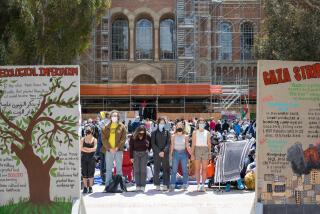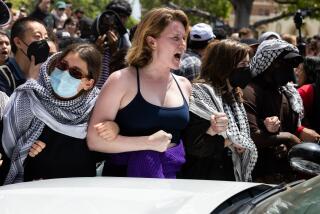50 years after the Chicano Moratorium, a Mexican American veteran on what it meant to fight in the war
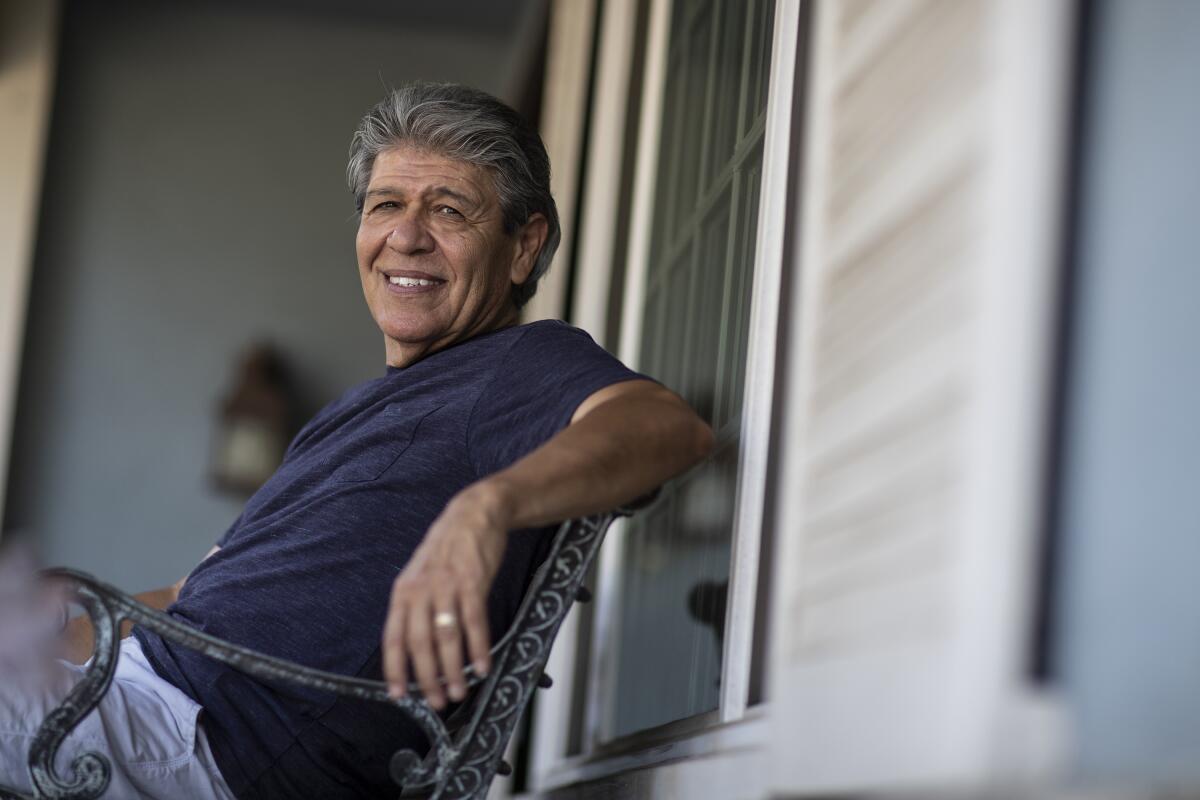
As helicopters and C-130s flew over a mountaintop bunker in Vietnam, an Army soldier flipped through a copy of Time magazine and asked Tomás Sandoval two questions.
Are you from Los Angeles? How about Mexican? Sandoval said yes to both.
“Look what your boys are doing to your city,” the soldier said, tossing Sandoval the magazine, turned to an article with the headline: “Chicano Riot.”
The story detailed how thousands of demonstrators marched through East Los Angeles for the National Chicano Moratorium Against the Vietnam War. What was intended to be a quiet rally, the article stated, “ended in violence and tragedy.”
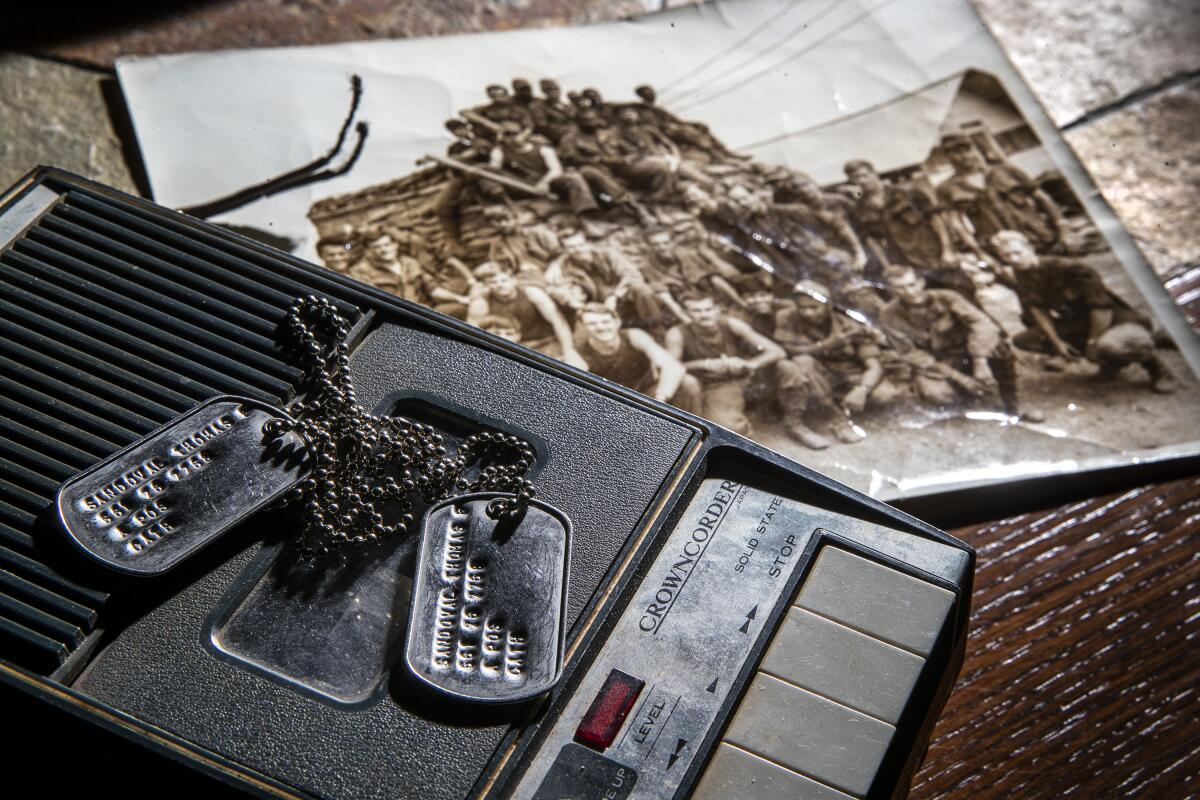
To 21-year-old Sandoval, it felt “like my people didn’t give a damn about me.”
It was the summer of 1970, and as Sandoval fought in a war he’d been drafted into, activists back home protested a system that sent so many Mexican Americans like him to fight in Vietnam.
Latinos in the U.S. had proved their patriotism for generations by fighting in this country’s major conflicts going all the way back to the Civil War. Veterans returned to join the middle class, to fight for civil rights and a better future for their children.
But with the Vietnam War, a new sentiment swept across barrios nationwide: skepticism.
“You had young activists recognizing that this was an unjust war, and recognizing it was taking an unjust toll on people of color in the United States,” said Lorena Oropeza, a history professor at UC Davis who wrote a book about Chicano protest to the Vietnam War. “What they really did was flip this military tradition of saying, ‘We served, treat us right, treat us as equals’ and said, ‘Why do we have to die to be treated as equals?’”
But back in Vietnam, the young soldier from L.A’s Eastside wrote an angry letter to his wife that read, in part, “What’s come over everyone. They’re all trying to prove something. But what?”
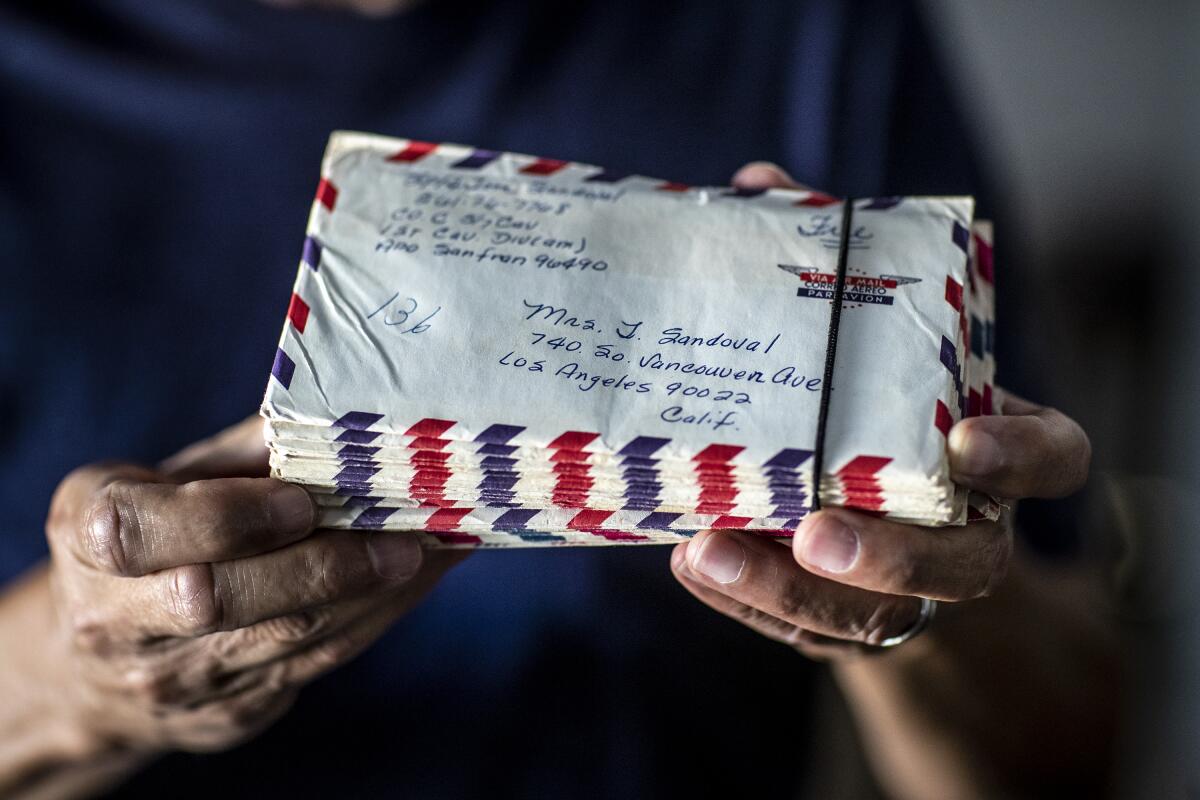
Today, Sandoval knows the Moratorium, and the Chicano movement as a whole, was necessary to bring attention to inequalities. Half a century later, there’s something familiar in the renewed mass of humanity turning out to protest, in the signs demanding justice and peace; in the anger and maybe, too, the hope.
“We’re 50 years beyond that ... march,” Sandoval said. “I still think more needs to be done.”
The Sandoval family is no stranger to military service.
Two of Tomás Sandoval’s uncles served, one in World War II and the other in the Korean War. His father tried to enlist but was denied because of back issues.
Instead, Sandoval’s father helped assemble Airstream trailers and raised his sons in a “working-class family.” The parents rented apartments before settling in a three-bedroom home in Lincoln Heights.
But, like with so many other Mexican Americans on the Eastside, the Vietnam War came for them.
Manuel, Tomás’ older brother, was drafted in December 1965. After growing disillusioned with East L.A. College, Manuel had let his credits drop — preventing him from getting a deferment.
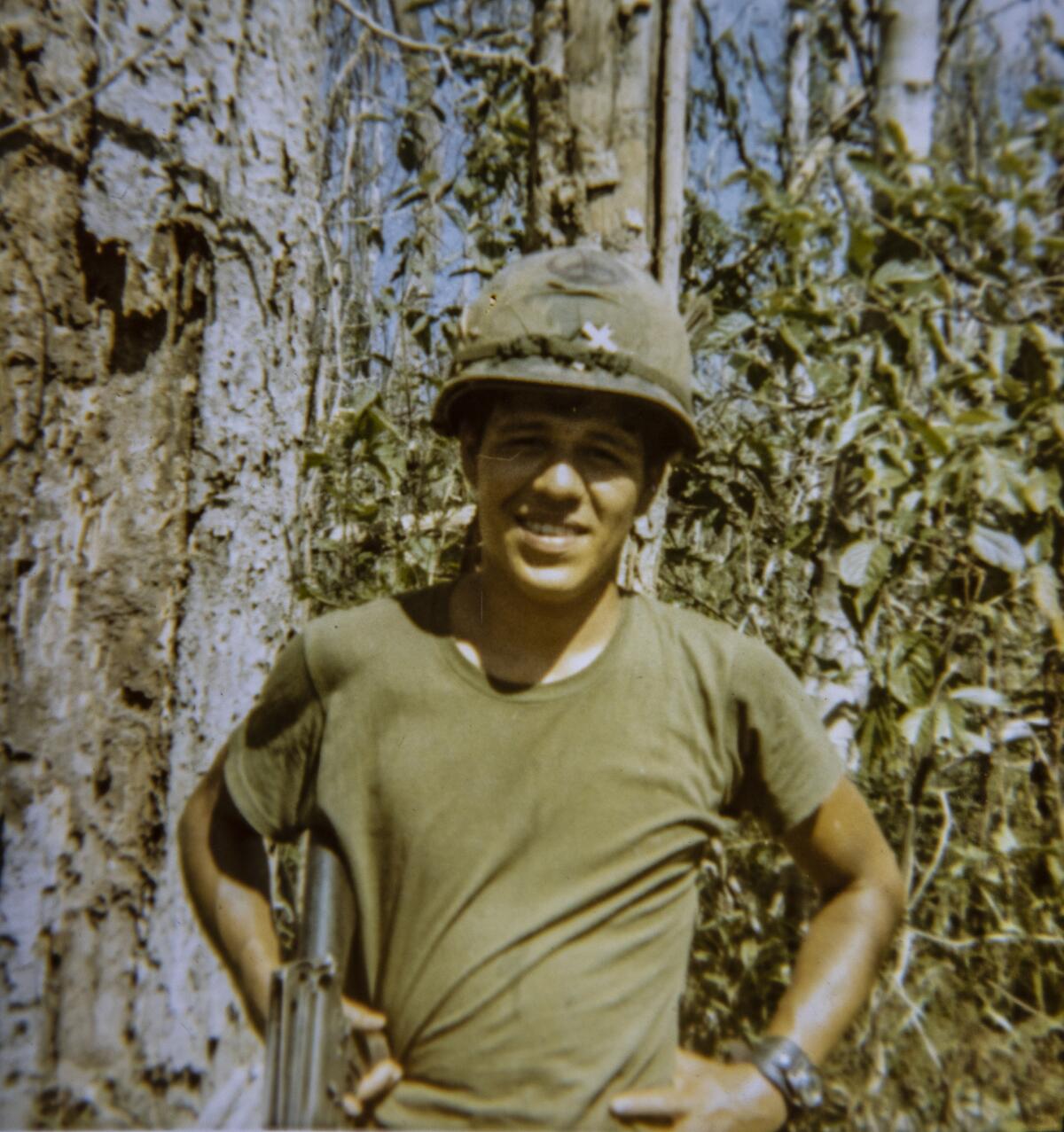
The next year, in June, he left for Vietnam. It was the first time the new Marine had been on an airplane. At that point, there weren’t many protests.
“It was still a patriotic thing to fight,” Manuel said. “The older generation, the Second World War people, were behind it all.... I found that it was because you were Chicano, you had to prove yourself a little more than a gabacho.”
Three years later, the year Tomás was drafted, Rep. Edward Roybal entered an article into the congressional record entitled “Mexican American Casualties in Vietnam.”
Twice as many people with Spanish surnames were dying in the war in proportion to their population in the Southwest, according to studies by academic Ralph C. Guzman, a future deputy assistant secretary of State.
“Historically, Mexican Americans have been a suspect, ‘foreign minority,’” Guzman wrote. “Like the Japanese Americans during World War II they have been under great pressure to prove loyalty to the United States.”
The next month, La Raza — the most influential Chicano magazine of its era — ran the article in its entirety. Printed at the bottom: “Support Moratorium on War.”
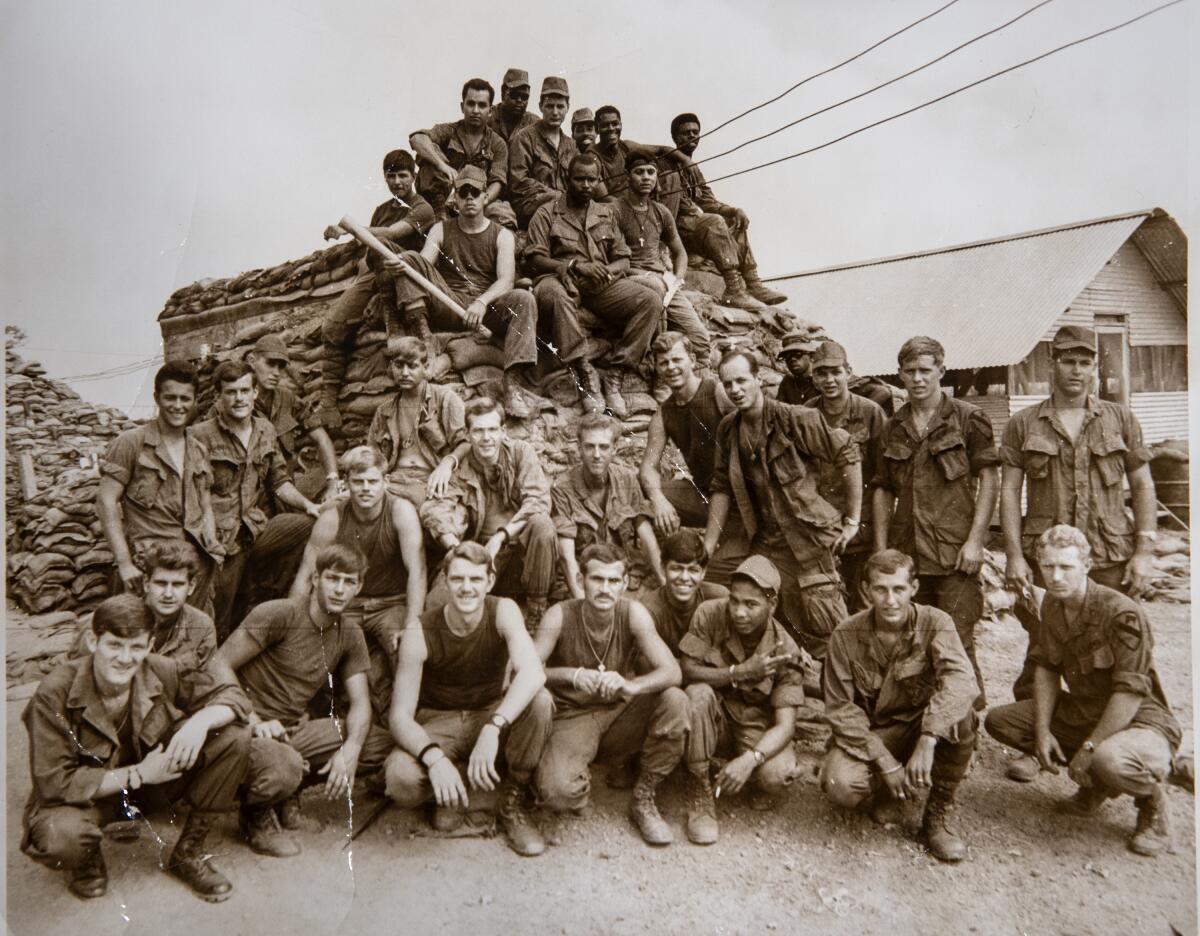
The first Chicano Moratorium protest in East L.A. came on Dec. 20, 1969. It was promoted in La Raza, which printed that the moratorium would be held in honor of Chicanos “channeled into the death pits” of Vietnam.
“Chicanos have for a long time been helping to keep America free by dying for her in wars, but America in return keeps Chicanos enslaved in poverty and misery,” the article stated.
That month, Tomás Sandoval celebrated Christmas in Vietnam. The soldiers decorated the tree with gum wrapper foil. He was one of three Latinos in the platoon. Many of the other soldiers “didn’t even know what the heck a Mexican was,” he said.
“What are you?” they’d ask and then joke, “Oh, you’re like those guys with the big hats and the bullets.”
Another soldier, from Alabama, couldn’t pronounce his last name and called him “Sal-Vayno.”
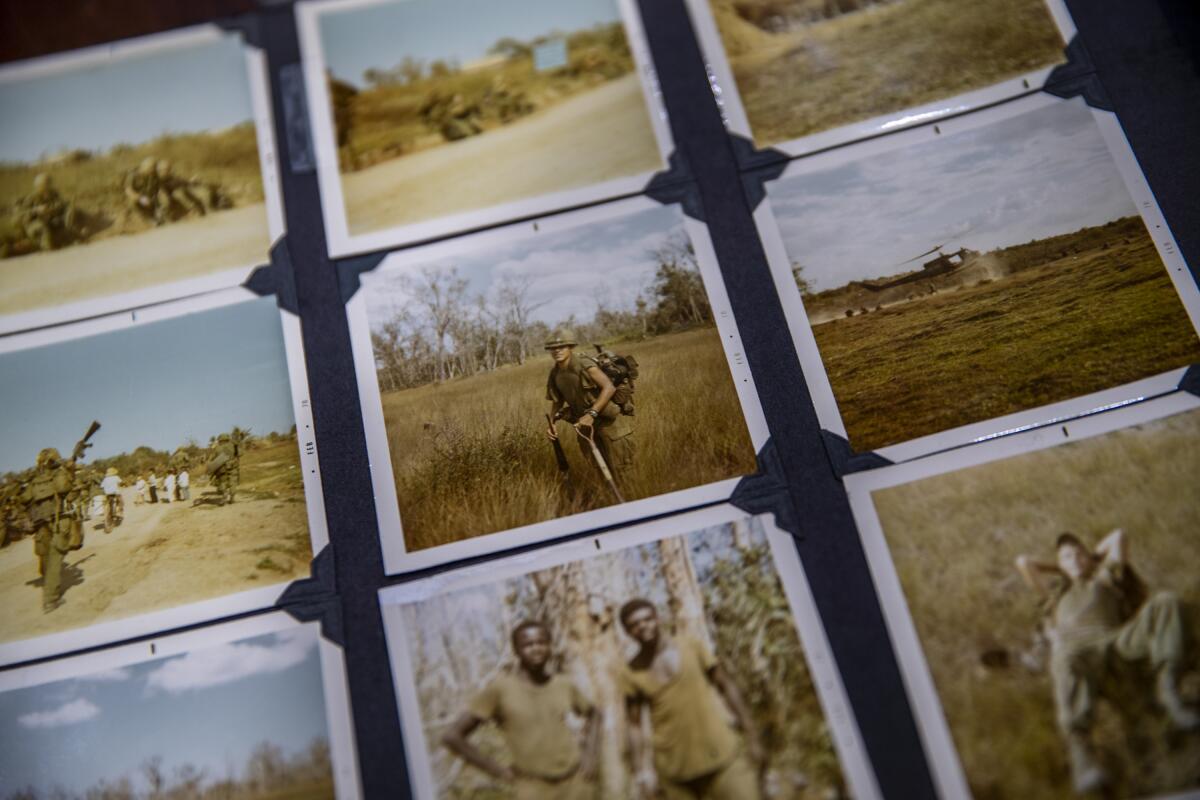
The next year brought more protests in the U.S. In the jungle, Sandoval spent months dodging bullets. In the summer of 1970, he experienced horrors during the invasion of Cambodia: soldiers dying around him, intense firefights, close calls. By the time Sandoval returned to Vietnam, “all of us kissed ground.”
It became clear soon enough, though, he said, that they were not there “saving anyone from communism.”
Manuel had been back in Lincoln Heights since 1967 and witnessed firsthand the protests against the war. At first, he derided the protesters as “long-haired freaks.”
Coming back as a Vietnam veteran hadn’t been easy. When he went to clubs and women asked about his buzz cut, he preferred to say he‘d been in jail rather than admit he served.
When Manuel went for job interviews and said he’d just returned from Vietnam, the interviewer would ask, “How do you sleep at night?”
On Aug. 29, 1970, Manuel was in East L.A. when he heard that the protesters were marching down Whittier Boulevard. He and his friends stood on the outskirts and watched as people carried signs that read “Stop the war.”
Later that day, he watched on TV as the demonstration ended in violence. Hundreds were arrested, and Los Angeles Times columnist Ruben Salazar was one of three people killed.
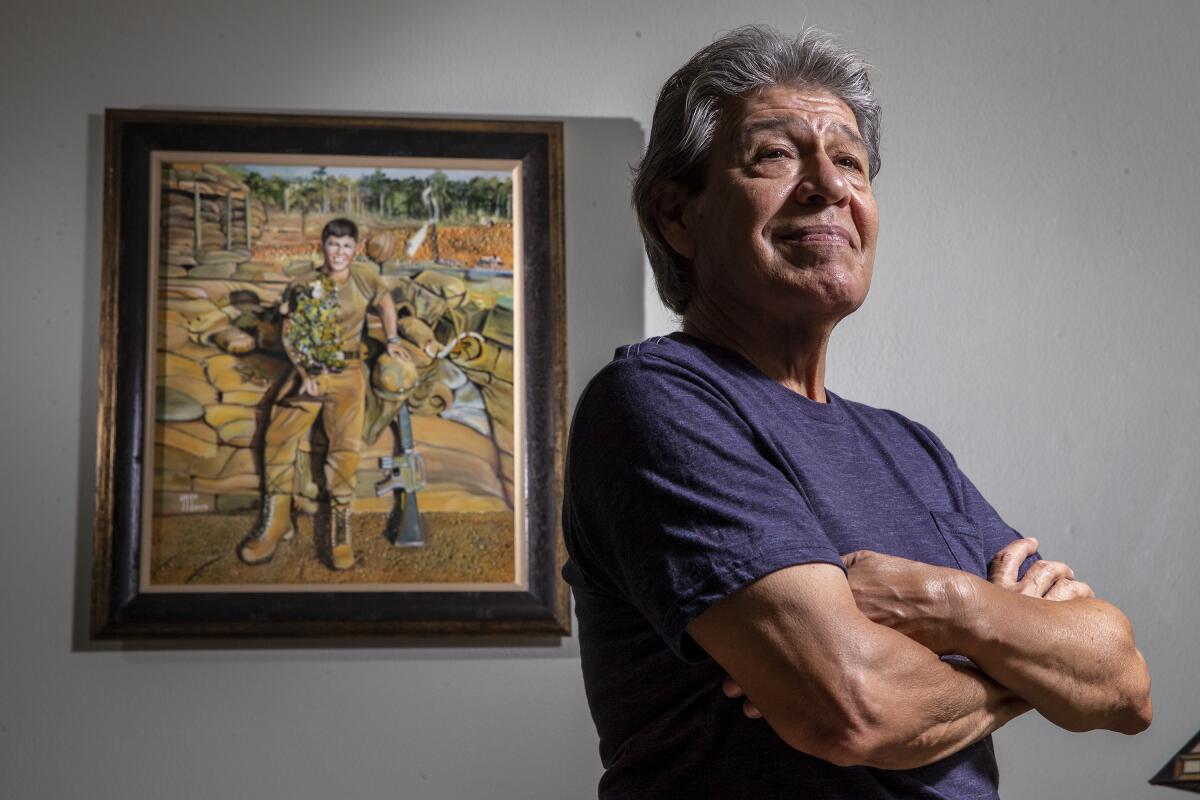
“I was against all that protesting. It wasn’t until much later that I understood that they helped end the war,” Manuel said. “It helped change the consciousness of the country.”
For Manuel, that perspective shifted the longer the war dragged on. Every year more men were killed “and we weren’t advancing.”
Tomás came back from Vietnam in time for another walkout in 1971. But at that time, he had a pregnant wife and needed to focus on supporting his family. It wasn’t until years later that he learned about the educational inequities and how the movement was necessary to bring those issues to light.
He knew some of the veterans who marched and their wives who were involved in the movement.
“I didn’t understand the full focus of it,” he said. “It took me a while.”
50 years ago, the Chicano Moratorium made an indelible impact on L.A. culture and civil rights. Explore the LA Times project.
Fifty years later, Tomás’ son, Tomás Summers Sandoval, teaches history and Chicanx-Latinx studies at Pomona College. He’s conducted oral histories with Latino veterans of the Vietnam War, transforming their words into a public history exhibit, a play and an upcoming book.
“It’s a personal thing,” he said. “But in the world of Chicanx studies, everything is sort of personal.”
There were veterans who came back from Vietnam and became involved in antiwar movements and others who were hostile to those politics. Summers Sandoval interviewed one veteran who went to the moratorium and fought a cop because he was hitting someone else.
Most of those returning, he said, were just trying to “grapple with all the issues that they’re dealing with after war, in a military that does very little to integrate you back into society at that time period.”
Today, Hispanics are the fastest-growing minority population in the military, according to the Pew Research Center. The issues from decades ago still remain, says Oropeza. She questioned how equitable education is in California and throughout the U.S.
“If people really want to serve, I say go for it,” Oropeza said. “But I like people to have options, and oftentimes they go to the military because college is just not in their purview.”
Manuel, now 74 years old, works as a security officer. In recent months, he listened as co-workers talked about attending Black Lives Matter protests.
They called for some of the same things protesters had demanded as they marched in 1970.
“The same guy that wrote the signs then, he wrote the signs now,” he said.
His brother, long ago retired from a Latino business center, praised the strides achieved by Chicano Moratorium activists.
“I just wish more changes could have been made,” Tomás said, “and that we wouldn’t have some of the same issues today.”
More to Read
Sign up for Essential California
The most important California stories and recommendations in your inbox every morning.
You may occasionally receive promotional content from the Los Angeles Times.

